*The model shown is for reference purposes only. Actual models may differ.
*1. The visual appearance of OLED displays may change over the product’s lifetime. This is expected behavior that can include image persistence or burn-in, where the display shows a faint remnant of an image even after a new image appears on the screen. This tends to occur only in extreme use cases, such as when a static, high-contrast image is continuously displayed for prolonged periods of time. ASUS laptops with an OLED display minimize this risk by setting Windows’s Dark mode as default, as well as shortening the idle time before the screen is turned off — both on mains (AC) and battery (DC) power. This dual approach minimizes the potential for burn-in to maximize the lifespan of your OLED display lifespan, and also reduces unnecessary power draw for optimal battery life. We also recommended adjust the brightness of your OLED display to complement the ambient lighting in your environment, rather than keeping the screen at maximum brightness at all times. You should also ensure that you have an animated, dark-background screensaver enabled in the Windows Settings tool.
*2. Touchscreen is optional
*3. Weight might vary by specifications.
*1. The visual appearance of OLED displays may change over the product’s lifetime. This is expected behavior that can include image persistence or burn-in, where the display shows a faint remnant of an image even after a new image appears on the screen. This tends to occur only in extreme use cases, such as when a static, high-contrast image is continuously displayed for prolonged periods of time. ASUS laptops with an OLED display minimize this risk by setting Windows’s Dark mode as default, as well as shortening the idle time before the screen is turned off — both on mains (AC) and battery (DC) power. This dual approach minimizes the potential for burn-in to maximize the lifespan of your OLED display lifespan, and also reduces unnecessary power draw for optimal battery life. We also recommended adjust the brightness of your OLED display to complement the ambient lighting in your environment, rather than keeping the screen at maximum brightness at all times. You should also ensure that you have an animated, dark-background screensaver enabled in the Windows Settings tool.
*2. Touchscreen is optional
*3. Weight might vary by specifications.
*4. Battery tests conducted by ASUS on Oct, 2023 using the 1080p Video Playback scenario. Test configuration: Zenbook UX3405MA, FHD OLED panel, Intel Intel® Core™ Ultra 5-125H processor, 512GB SSD, 8GB RAM. Test settings: WiFi enabled but disconnected (not connected to any access point), Windows Power Plan set to Balanced, display brightness set to 150 cd/m2. Actual battery life may vary depending on product configuration, usage, operational conditions and power management settings. Battery life will decrease over the lifetime of the battery.
*6. WiFi 6E availability may vary by country and their specific regulations. Feature only supported by Windows 11 or later.
*7. Intel® Arc™ Graphics is only available in models with Intel® Core™ Ultra Ultra 7-155H/ Ultra 5-125H processors and at least 16 GB of dual-channel memory.
*8. The figures are based on theoretical performance. Actual performance may vary in real-world situations.
*6. WiFi 6E availability may vary by country and their specific regulations. Feature only supported by Windows 11 or later.
*7. Intel® Arc™ Graphics is only available in models with Intel® Core™ Ultra Ultra 7-155H/ Ultra 5-125H processors and at least 16 GB of dual-channel memory.
*8. The figures are based on theoretical performance. Actual performance may vary in real-world situations.
*9. Performance claim is based on the Cinebench R23 Multi Core benchmark, comparing the score of Zenbook 14 UX3405MA tested by ASUS in Nov 2023 (configured with Intel Core Ultra 7 155H, 16 GB LPDDR5x RAM, a 1 TB PCIe 4.0 x4 SSD) and Zenbook 14 UX3402VA (with an Intel Core i7-1360P processor, 16 GB LPDDR5 RAM, and a 1 TB PCIe 4.0 x4 SSD). Test settings: select Performance mode under Fan profile in MyASUS, and idle the laptop for 10mins prior to running the benchmark under AC mode. It’s important to note that results may vary based on different specifications and testing environments.
*14. Performance claim is based on the 3DMark Time Spy overall score, comparing the score of Zenbook 14 UX3405MA tested by ASUS in Nov 2023 (configured with Intel Core Ultra 7 155H, 16 GB LPDDR5x RAM, a 1 TB PCIe 4.0 x4 SSD) and Zenbook 14 UX3402VA (with an Intel Core i7-1360P processor, 16 GB LPDDR5 RAM, and a 1 TB PCIe 4.0 x4 SSD). Test settings: select Performance mode under Fan profile in MyASUS, and idle the laptop for 10mins prior to running the benchmark under AC mode. It’s important to note that results may vary based on different spec.
*14. Performance claim is based on the 3DMark Time Spy overall score, comparing the score of Zenbook 14 UX3405MA tested by ASUS in Nov 2023 (configured with Intel Core Ultra 7 155H, 16 GB LPDDR5x RAM, a 1 TB PCIe 4.0 x4 SSD) and Zenbook 14 UX3402VA (with an Intel Core i7-1360P processor, 16 GB LPDDR5 RAM, and a 1 TB PCIe 4.0 x4 SSD). Test settings: select Performance mode under Fan profile in MyASUS, and idle the laptop for 10mins prior to running the benchmark under AC mode. It’s important to note that results may vary based on different spec.
*15. Performance claim is based on Microsoft Teams 3×3 video conference call testing with background blur effect enabled, comparing the score of Zenbook 14 UX3405MA tested by ASUS in Nov 2023 with NPU on and NPU off (configured with Intel® Core Ultra 7 155H, 32 GB LPDDR5x RAM, a 1 TB PCIe 4.0 x4 SSD, with 2880 by 1800 OLED display, and 75 Wh battery capacity). Test settings: select Balance mode under Microsoft battery settings, 150-nits brightness, with AI Noise canceling and keyboard backlit off. It’s important to note that results may vary based on different models, specifications, and testing environments.
*16. Touchscreen is up to 550-nit brightness, non-touchscreen is up to 600-nit brightness.
*22. NumberPad 2.0 is optional.
*23. Please note that all versions of NumberPad only work with the Microsoft Windows operating system.
*26. The testing regime includes the requirements of both military-grade standards and ASUS quality tests, and varies depending on device. MIL-STD-810 testing is conducted on selected ASUS products only. Note that the MIL-STD-810 testing helps to ensure the quality of ASUS products but does not indicate a particular fitness for military use. The test is performed under laboratory conditions. Any damage caused by attempts to replicate these test conditions would be considered accidental, and would not be covered by the standard ASUS warranty. Additional coverage is available with ASUS Premium Care.
*16. Touchscreen is up to 550-nit brightness, non-touchscreen is up to 600-nit brightness.
*22. NumberPad 2.0 is optional.
*23. Please note that all versions of NumberPad only work with the Microsoft Windows operating system.
*26. The testing regime includes the requirements of both military-grade standards and ASUS quality tests, and varies depending on device. MIL-STD-810 testing is conducted on selected ASUS products only. Note that the MIL-STD-810 testing helps to ensure the quality of ASUS products but does not indicate a particular fitness for military use. The test is performed under laboratory conditions. Any damage caused by attempts to replicate these test conditions would be considered accidental, and would not be covered by the standard ASUS warranty. Additional coverage is available with ASUS Premium Care.
 Muscat
Muscat
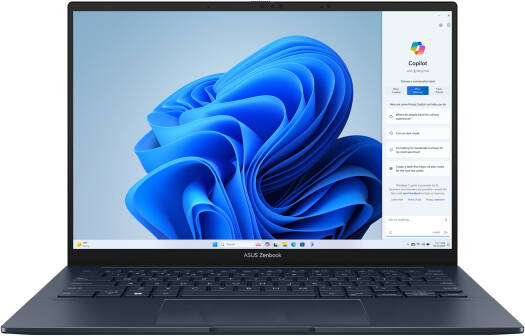
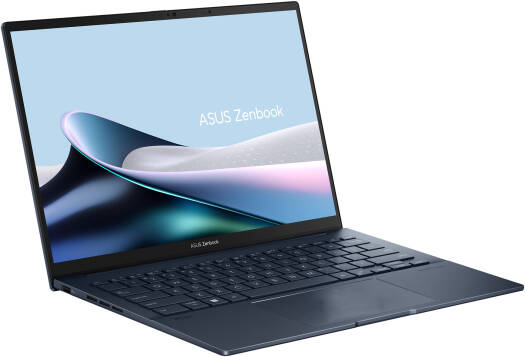



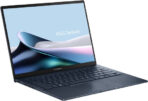
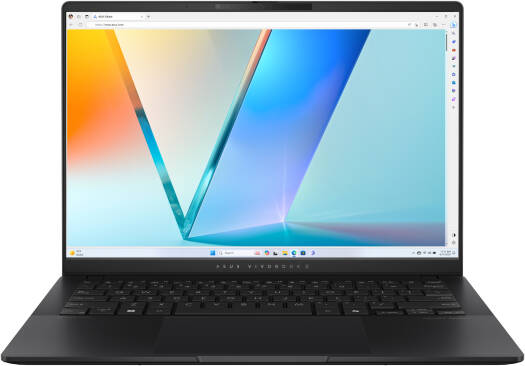
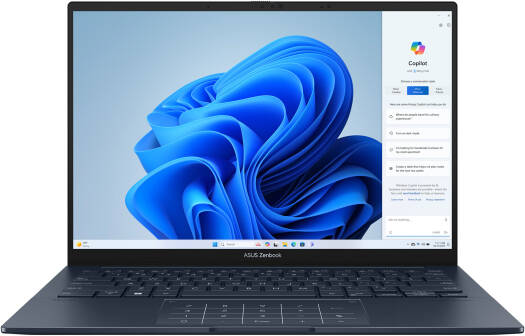
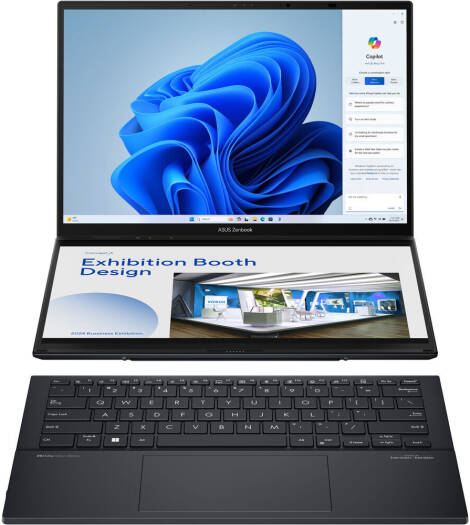
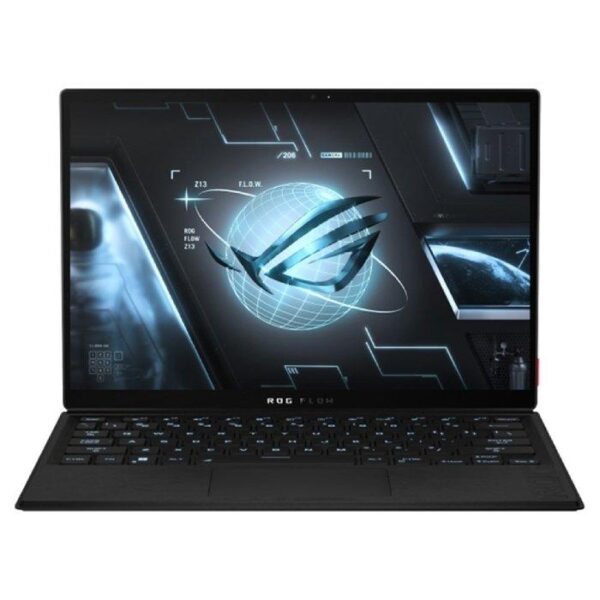
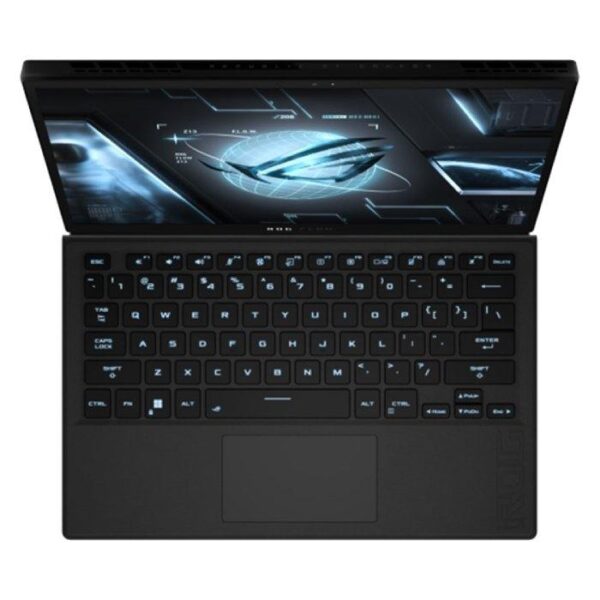
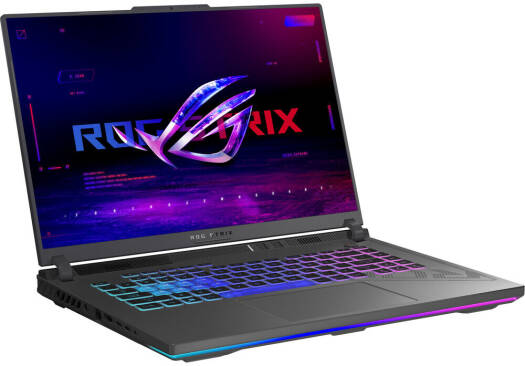
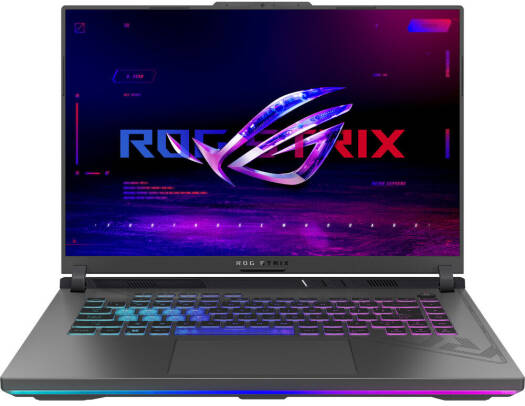
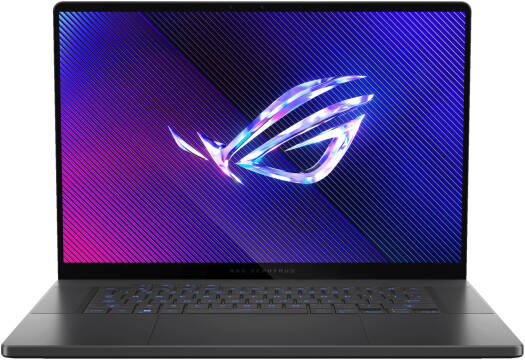
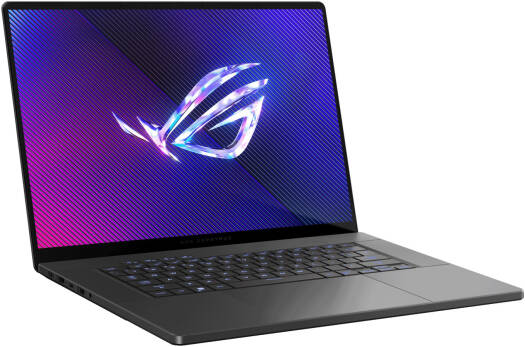
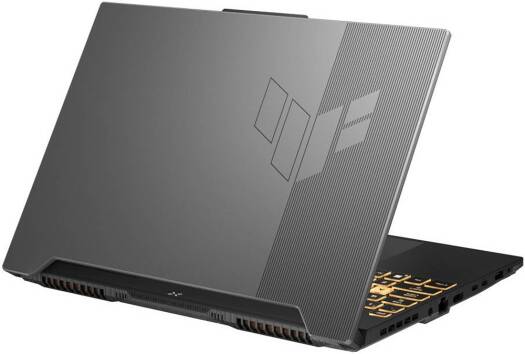
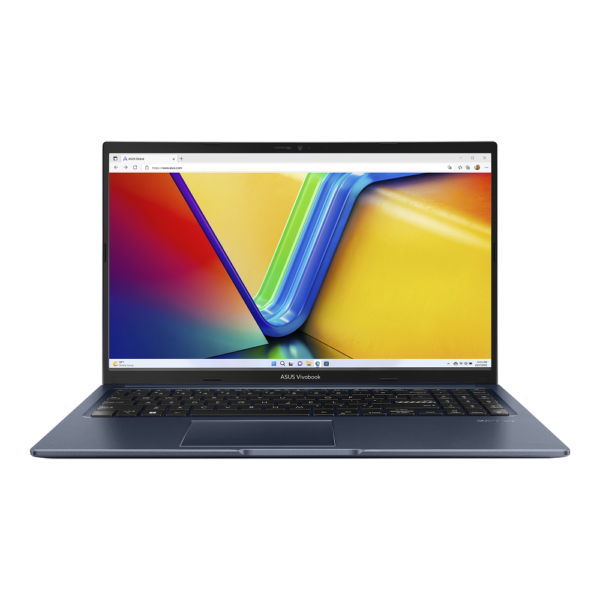
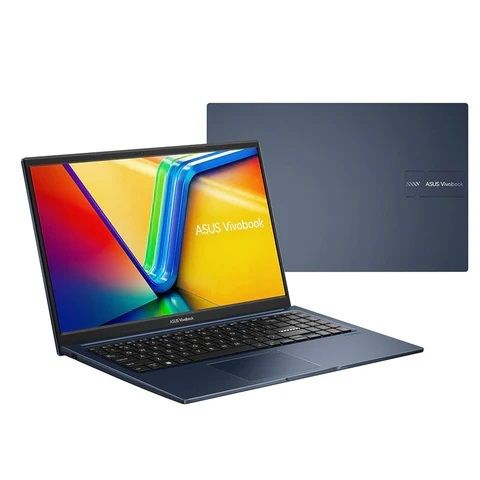
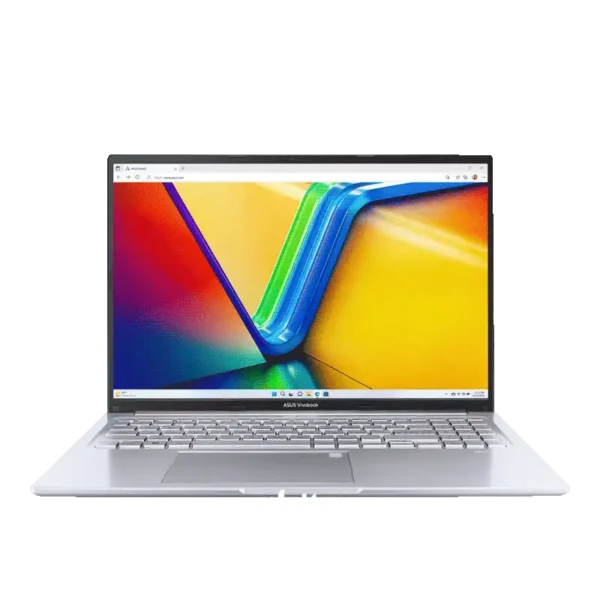
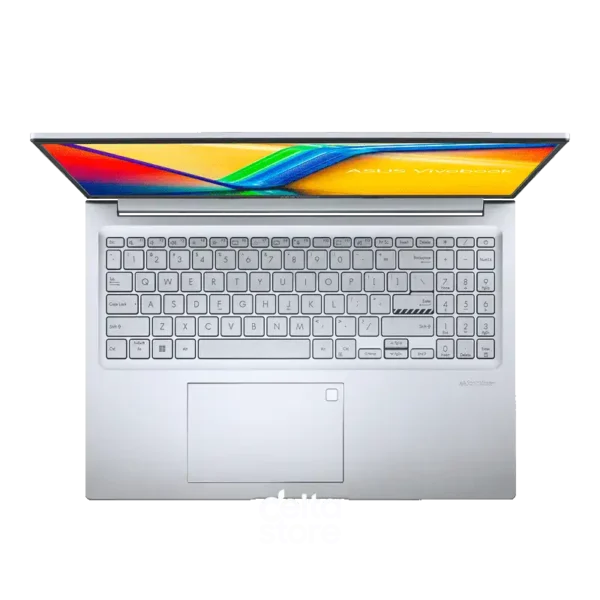
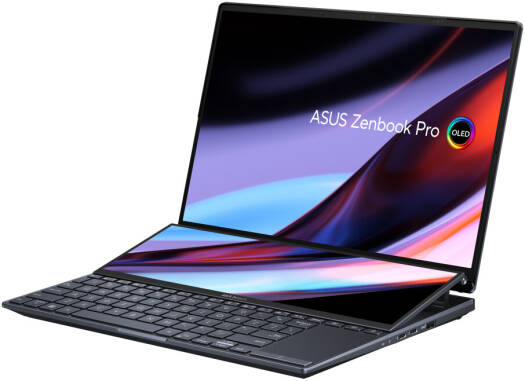

Reviews
There are no reviews yet.